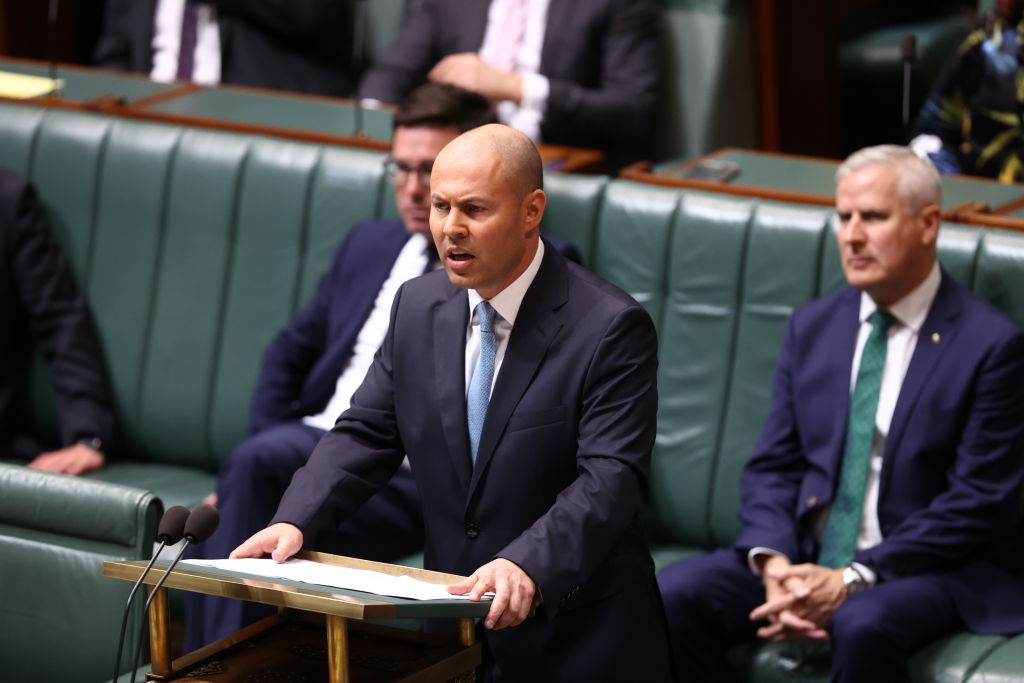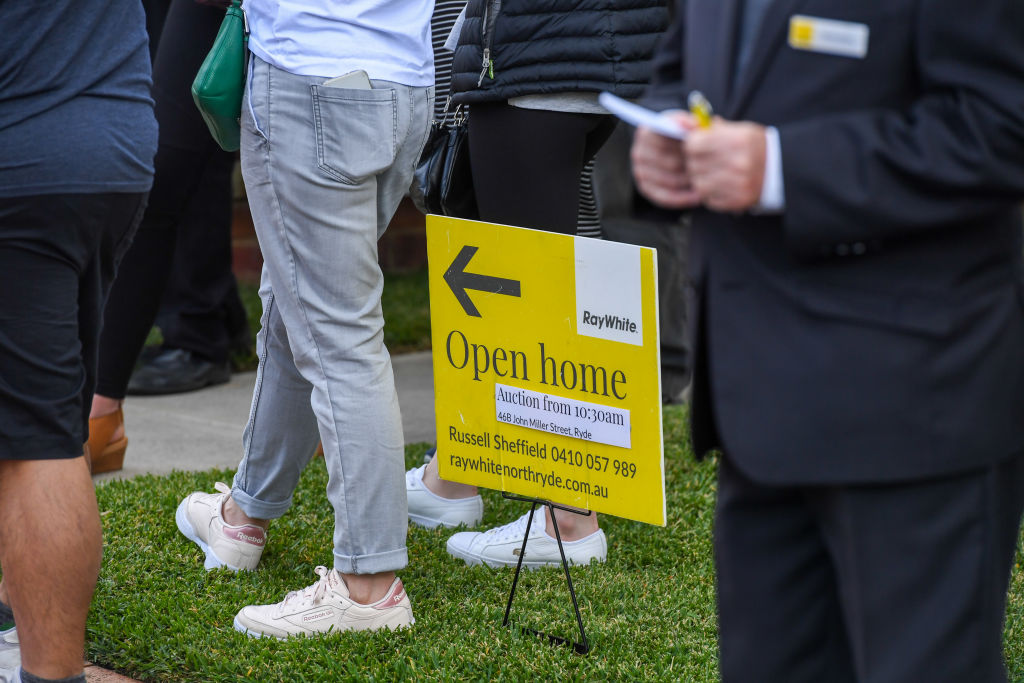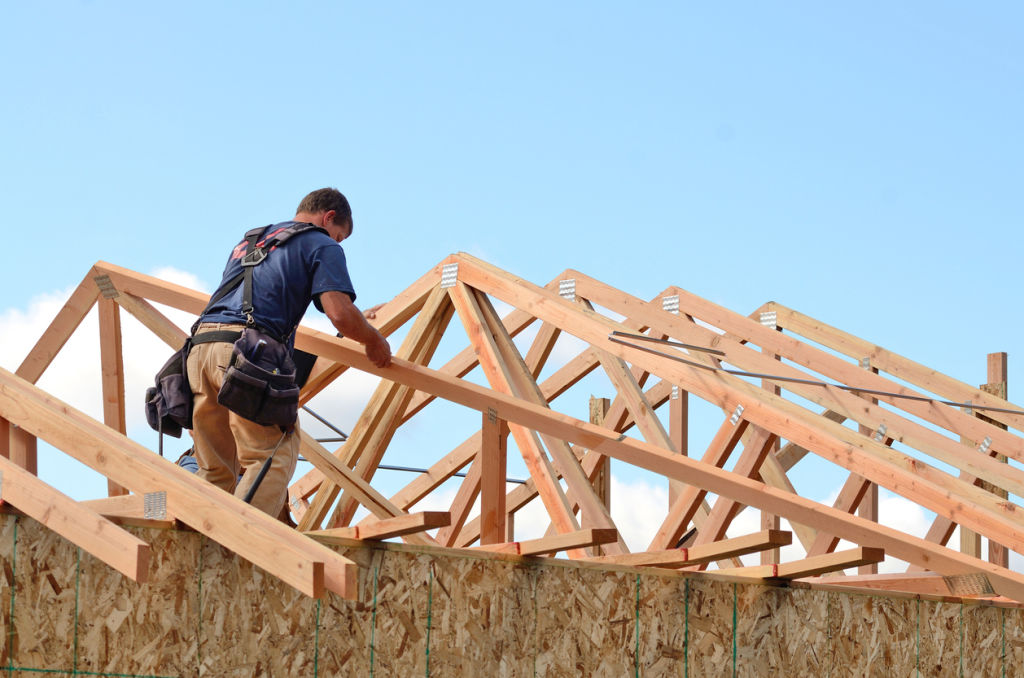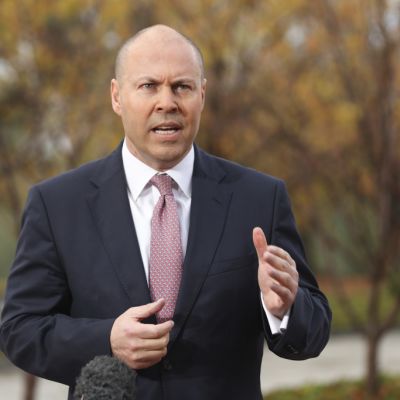Federal Budget 2021: Measures will boost housing demand without increasing much-needed supply, experts say

This year’s federal budget has been dubbed yet “another missed opportunity”, with experts concerned measures will only further fuel rapid price gains and do little to improve housing affordability.
Measures that could improve housing affordability long term, particularly increased funding to build more social and affordable housing, were overlooked in favour of schemes that brought forward housing demand – which experts say support individual buyers but ultimately push up property prices.
“It’s another missed opportunity for housing reforms,” said Brendan Coates, director for household finances at the Grattan Institute, an independent public policy think tank.
“The budget includes a number of measures that tinker at the edges, some of which are good ideas – like the deposit guarantee scheme for single parents – but on the whole, they’re not going to shift the needle on housing affordability or home ownership,” he said. “They’re kicking the can further down the road, and those challenges will become greater.”
The new Family Home Guarantee, allowing single parents to buy a property with as little as a 2 per cent deposit, was one of several housing measures in the budget, along with the extended HomeBuilder scheme, the extended first-home buyer loan and saving schemes, and changes to a downsizer incentive to help free-up larger homes for young families.
There was no commitment to increase funding for the construction of social and affordable housing, despite the government’s acknowledgement that high levels of residential construction – supported by more than 120,000 HomeBuilder applications – would start to unwind from next financial year.

With no extra commitment to social housing or increase to rent assistance, the budget did little to help those most affected by worsening housing affordability, Mr Coates said.
“Policies that would make a real difference are politically difficult; someone has to lose for first-home buyers to win, either we scale back demand via changes to tax concessions such as negative gearing and capital gains tax discount or we fix the supply side [of the equation],” he said.
State governments pull the supply levers, but the federal government could do more to incentivise planning reforms that deliver more housing in inner and middle-ring suburbs and set up a future fund to support the supply of social housing, Mr Coates said.
He added changes to the downsizer superannuation contribution scheme – which saw the minimum age lowered from 65 to 60 – would likely have limited success in boosting the supply of large family homes, as many older Australians staying put in big homes either did not want to downsize or could not find somewhere suitable in their neighbourhood due to limited medium-density development.
Only about 22,000 people have taken up the scheme, announced in 2017, which allows downsizers to make a post-tax contribution of up to $300,000 when they sell their family home.

The budget measures would further stimulate demand in a heated market just as investors were returning, adding to the fuel already provided by record-low interest rates, according to National Shelter, a non-government peak organisation that aims to improve housing access and affordability.
“I do think it’s a shame; I almost feel it’s criminal,” said chief executive Adrian Pisarski. “What they’ve been doing is putting money in which builds demand, which pushes up prices, so fewer people can actually acquire homes in the long run.”
“It’s helping those people who are able to access it at the moment, and it’s helping [the construction industry], but a lot of that is work that has been brought forward … and now we’re going to face a potential collapse of construction and building activity when we could have had a well-planned longer-term pipeline of building social and affordable housing, which also would have the effect of taking some of the pressure of the housing market.”
Mr Pisarski said it was difficult to cover the cost of maintaining social housing, let alone build more, under the existing funding arrangements. Governments, he said, had been encouraged to provide a suite of incentives to unlock institutional investment in social and affordable housing. These included capital and subsidy investments by the Commonwealth, such as tax credits and land, planning, capital and operational subsidies from states and local governments.
Kate Colvin, national spokesperson for the Everybody’s Home campaign, said the government had missed an opportunity to invest in affordable and social housing and noted that spending on social and Indigenous housing has steadily declined in recent years – with a 12 per cent drop between the 2017-18 budget to the 2021-22 budget.
While it was reassuring to see the government extend supplementary funding to homelessness services in the budget, demand continued to surge as escalating house prices and rents pushed more people into homelessness, Ms Colvin said. She added home ownership incentives for single parents were also welcome but did not address the areas of greatest need – people on low and modest incomes.
Ms Colvin said the economic benefit of social and affordable housing had been overlooked, with modelling showing a joint investment of $7.7 billion from federal and state governments, constructing 30,000 new homes over the next four years, would support 18,000 full-time equivalent jobs per annum.
“There are enormous employment and productivity benefits to be unlocked from a better-balanced housing system. We need to give people greater choice and allow those on low and modest incomes to live closer to employment,” she said.
We recommend
We thought you might like
States
Capital Cities
Capital Cities - Rentals
Popular Areas
Allhomes
More










